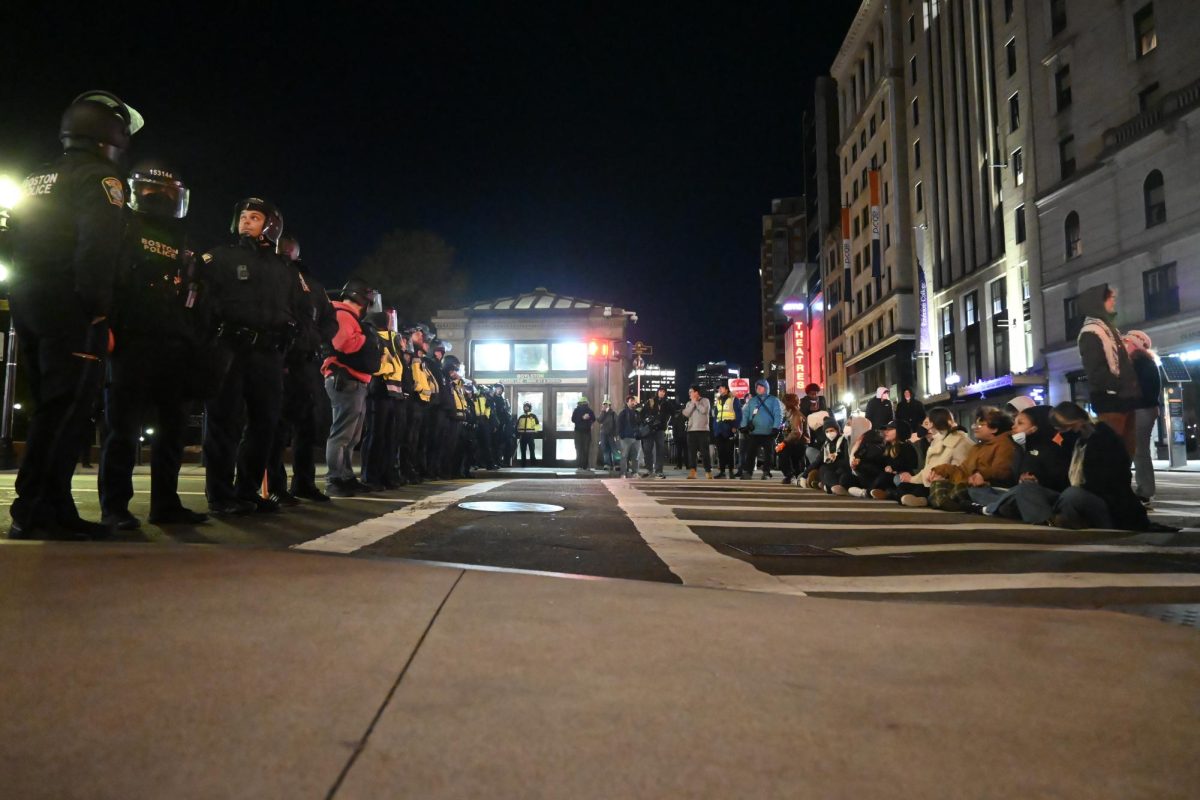By Sylvain Gaulier
“Wagner long ago should have established itself as New York City’s version of what Williams and Amherst are to Massachusetts, or what Haverford and Swarthmore are to Philadelphia.” Those words, written by current Suffolk University President Norman Smith, describe his ambition when he served as president of Wagner College in Manhattan.
Norman Smith tells the story of how he managed to breathe life into Wagner College, located on Staten Island, in an memoir reflecting his takeover as president from 1988 until 2002. His influence was apparent – Smith gave confidence in the college’s ability to weather the challenges that faced them, as well as giving them the ability to thrive. Students, parents, faculty, investors, and trustees all recognized the progressive rebirth of Wagner College under Smith’s presidency, as noted in the memoir.
While the book mainly spotlights Smith’s life, it never failed to hold my interest. The chronological order and short chapters make it easy to follow. I was always drawn to the next critical event. From the presidential search to Smith’s departure, a wide variety of topics are touched upon.

As a management student, I could relate to many concepts he tackled in the book. An important part of the memoir is focused on Smith’s search for financial options for the university. He settled for a satisfactory, but not ideal, solution.
“The actual bond transaction date, the one that set the interest rate, was August 2, 1990, the exact same day that the United States launched the Desert Shield Defense in Kuwait. But even with a new board of trustees that featured myriad Wall Street investment bankers, this was the only refinancing opportunity that came our way.”
Other topics discussed in the book include Abraham Maslow’s hierarchy of needs, a theory in psychology that suggests people are motivated to achieve self-actualization, and also the concept of “headcounts.”
Maslow’s hierarchy of needs asserts that everyone is trying to reach the next unmet need on the hierarchy among physiological, safety, love/belonging, esteem, and self-actualization needs.
I think his concept of “headcounts” was particularly interesting in the context of school management. He defines “headcounts” as the number of full paying students after discounting tuition. Most students do not pay full tuition so, I believe it is fundamental to take into account these metrics when considering the surge or decline in student admission.
Throughout this book, the reader can also learn more about Smith’s personal interests, such as his passion for photography and his dedication to his family. He highly values relationships, both with family and co-workers.
I was most impressed with Smith’s resilience and power of persuasion. His abilities to attract more trustees to pledge funds to the university was a veritable feat, as the university did not provide many guarantees for the future. Despite Smith’s goodwill, the university’s mere survival was threatened for a number of years after his arrival, which is evident in the book.
Wagner’s revival was not made possible by only one man. Smith is an experienced and exemplary leader who never misses an opportunity to give just praise to his hard-working team. He wrote, “My view of good leadership has always been to share the success with those who were key to enabling the outcome.”
Moreover, he declared, “Throughout my time at Wagner, I greatly enjoyed my relationship with the faculty and was lucky to have an unusually positive interaction with most of them.”
In each chapter, Smith talks about one or several people who contributed to Wagner’s new success. Not only trustees or professors, but groundskeepers and secretaries are also recognized.
I would definitely recommend this book to anyone who is interested to learn more about President Smith’s life and leadership’s style. This memoir is a valuable testimony of a life spent educating the future generations of leaders. After all, it may in fact herald Suffolk’s future.













